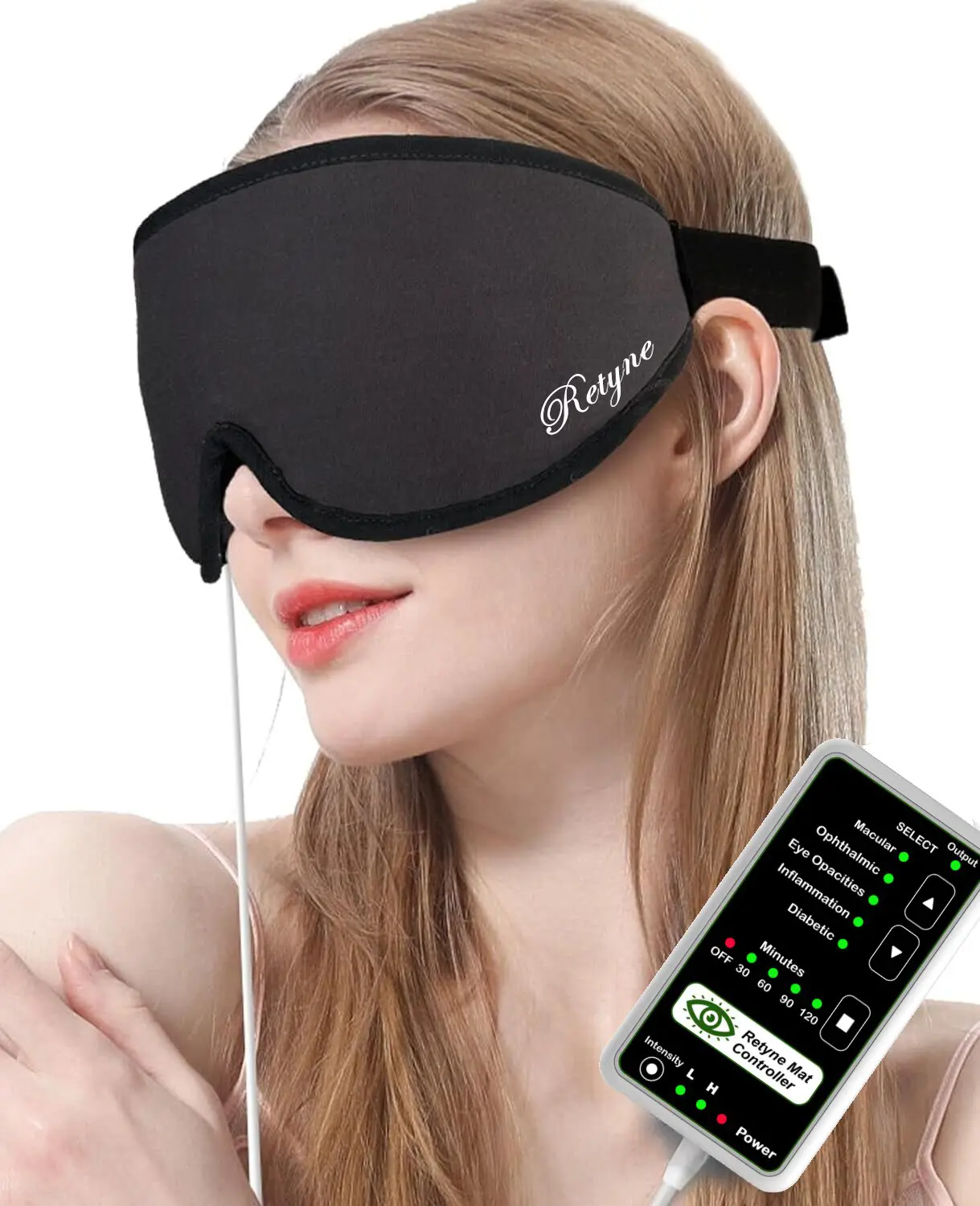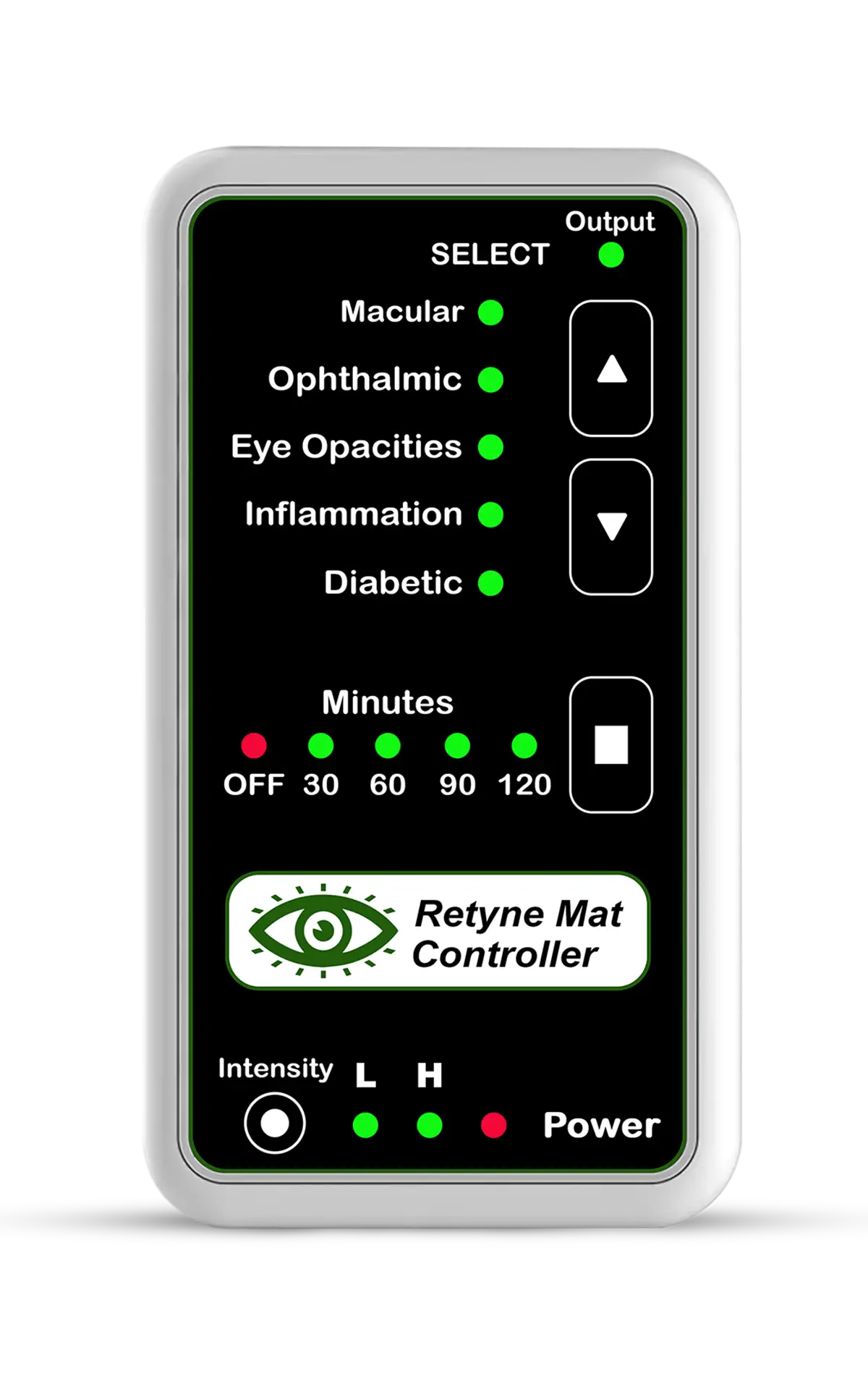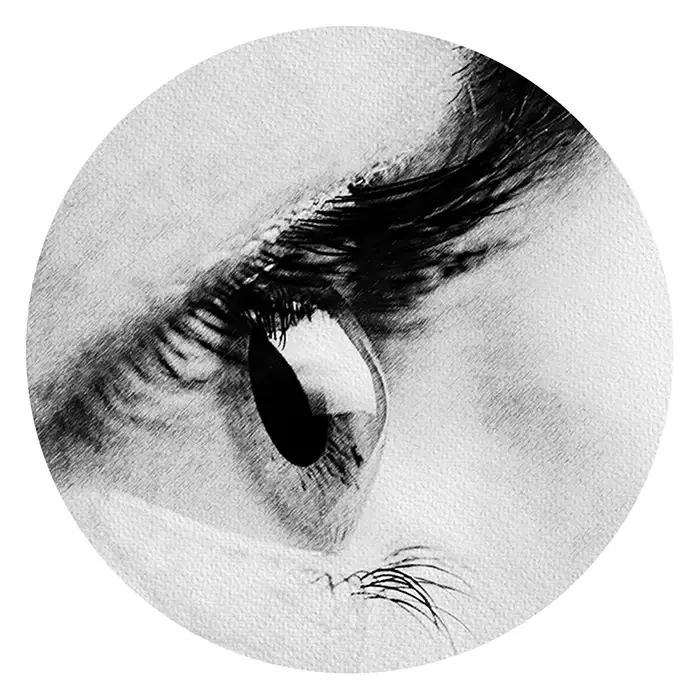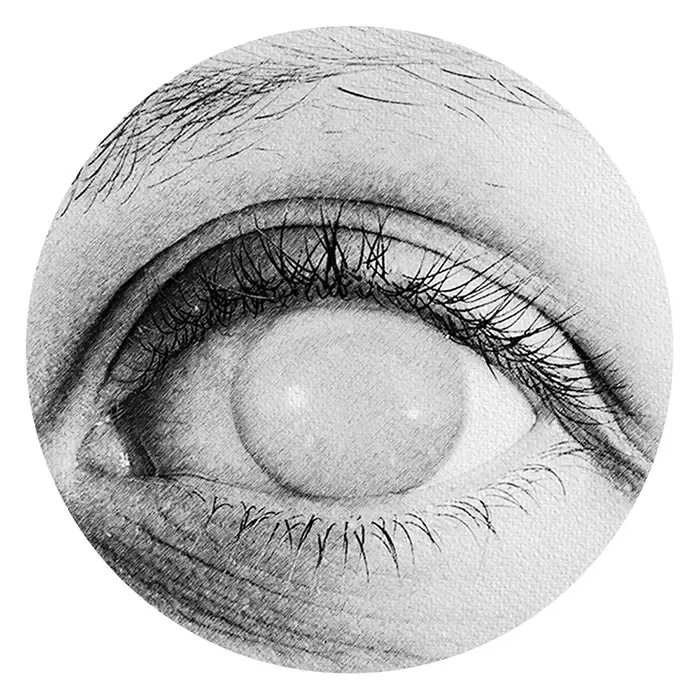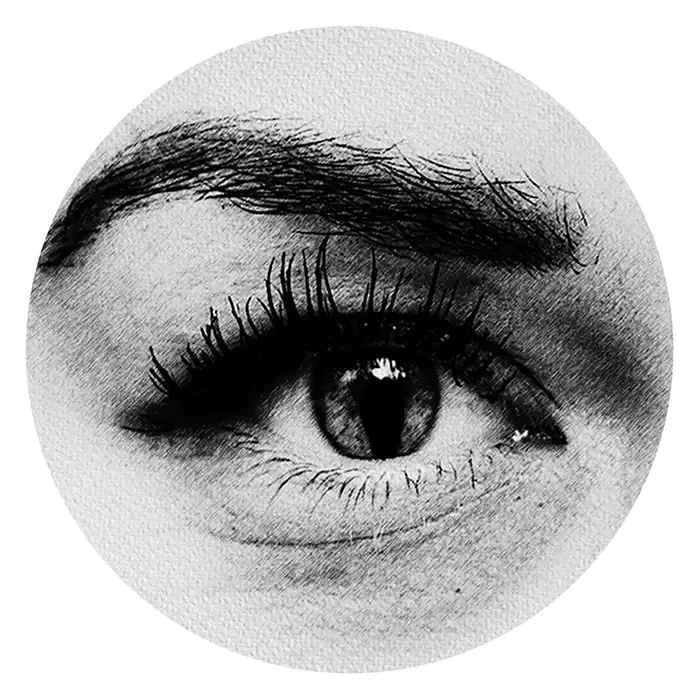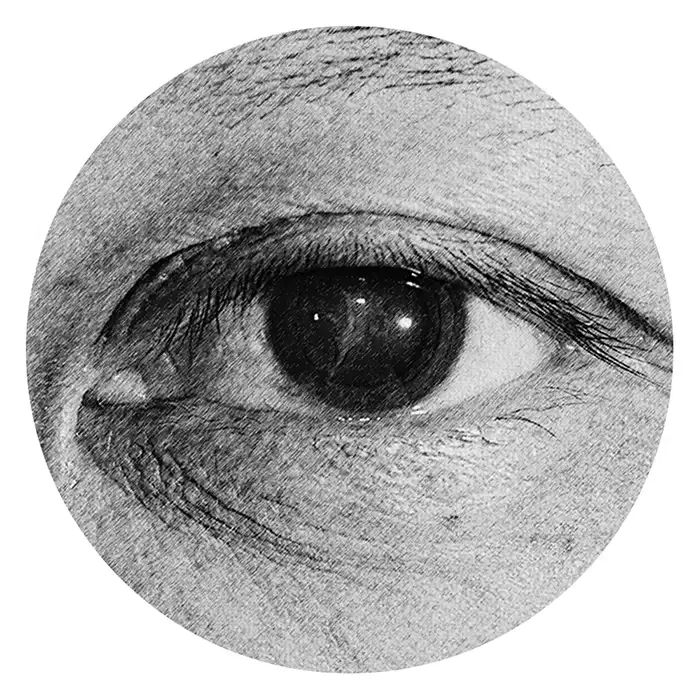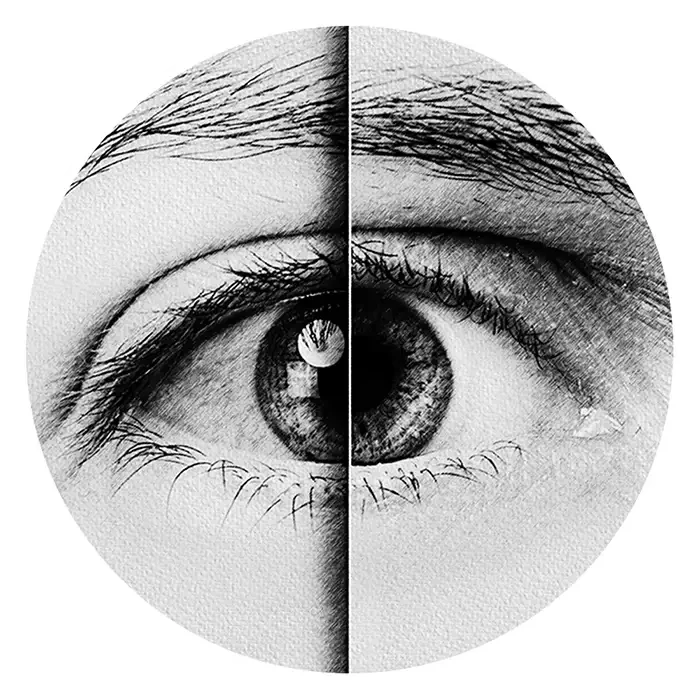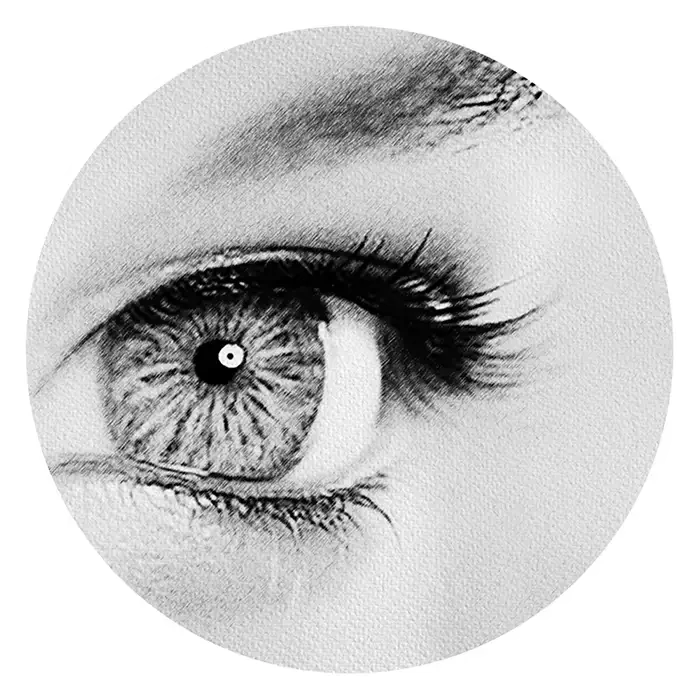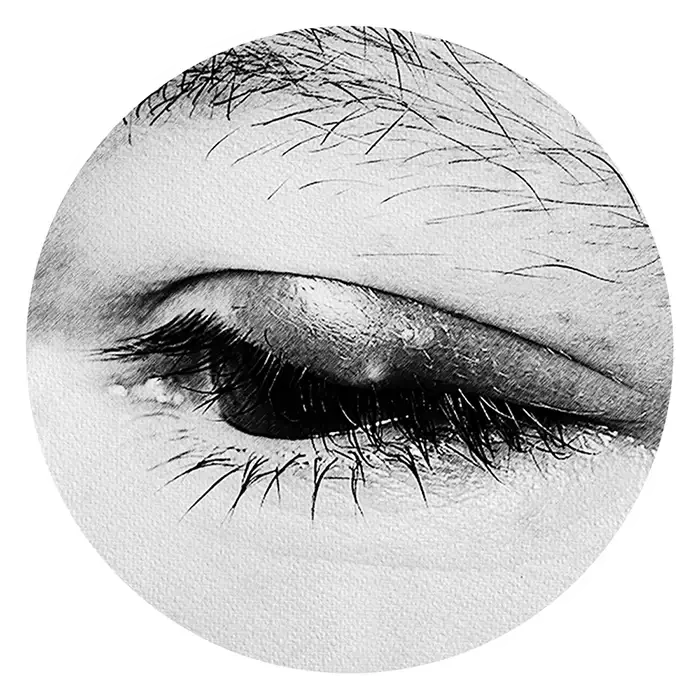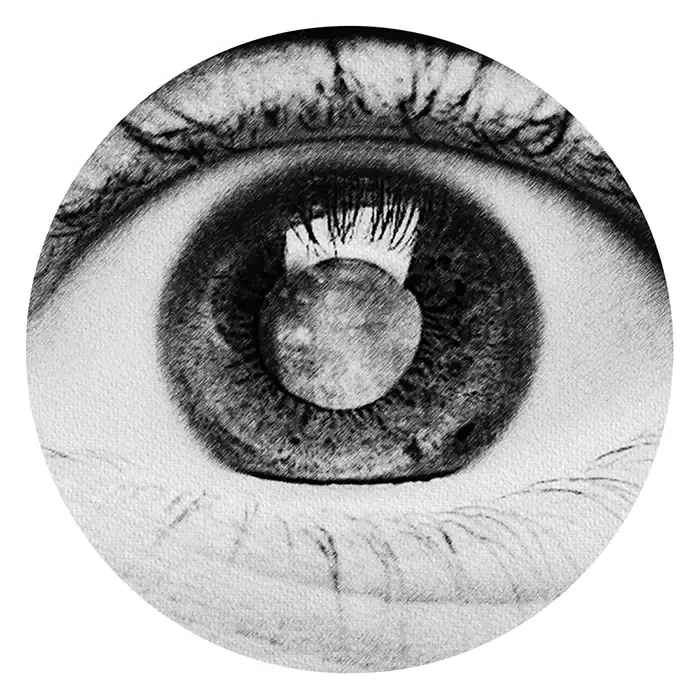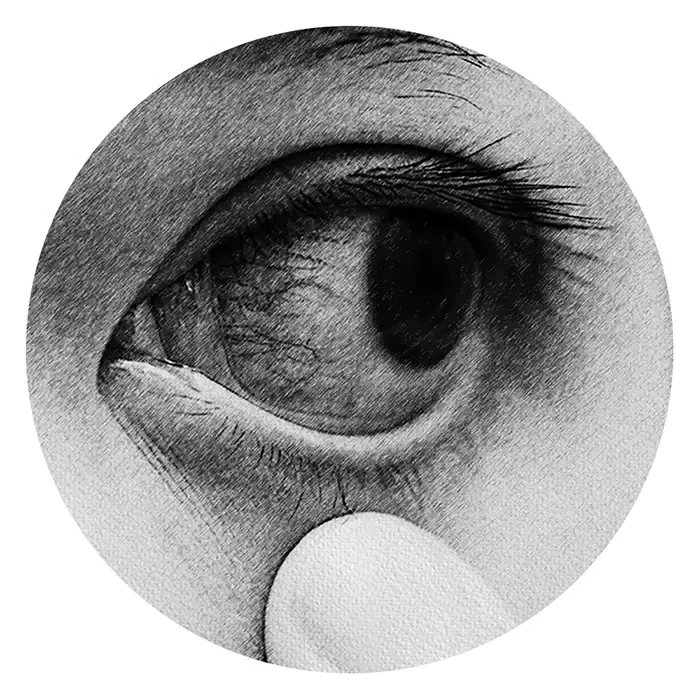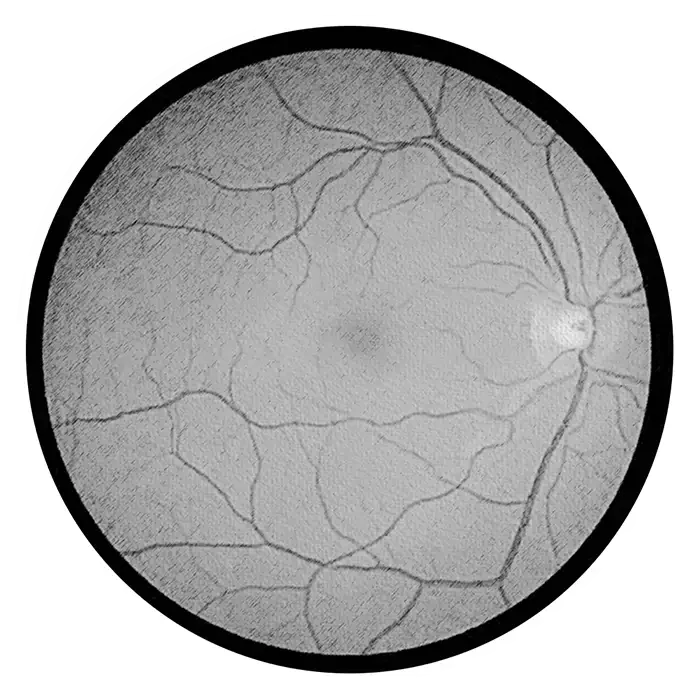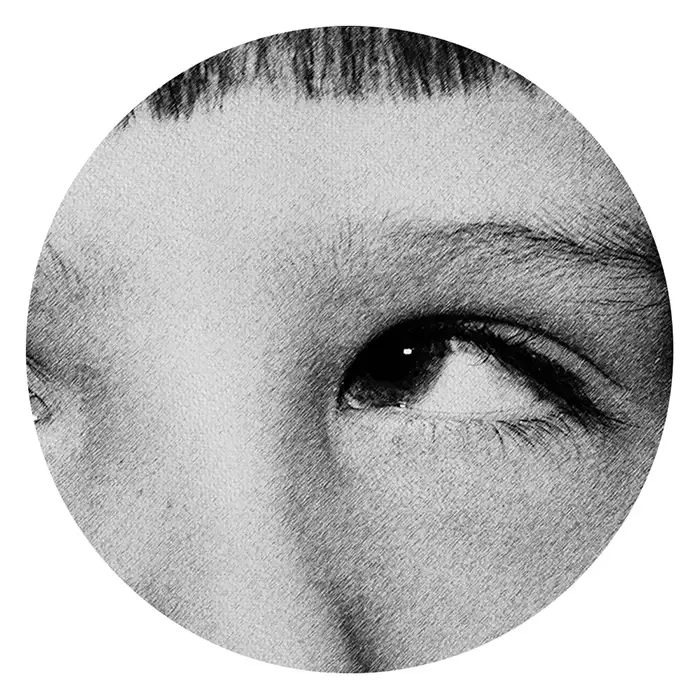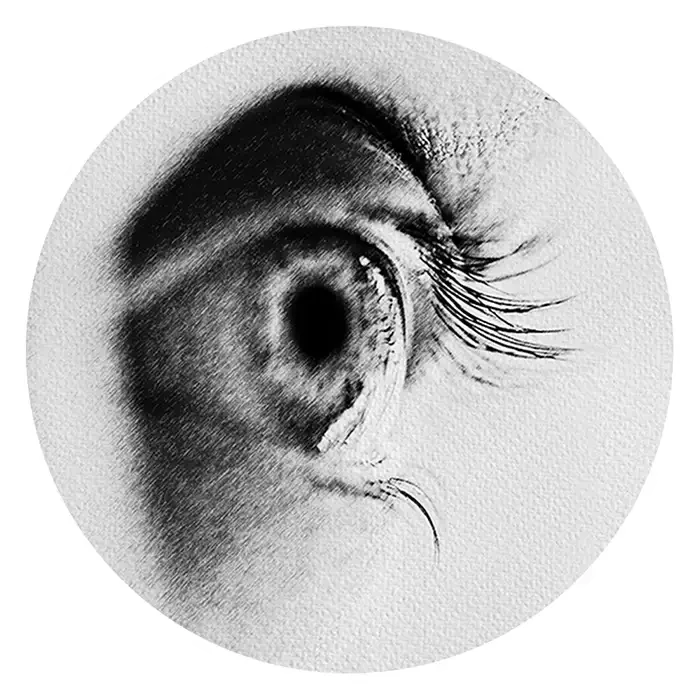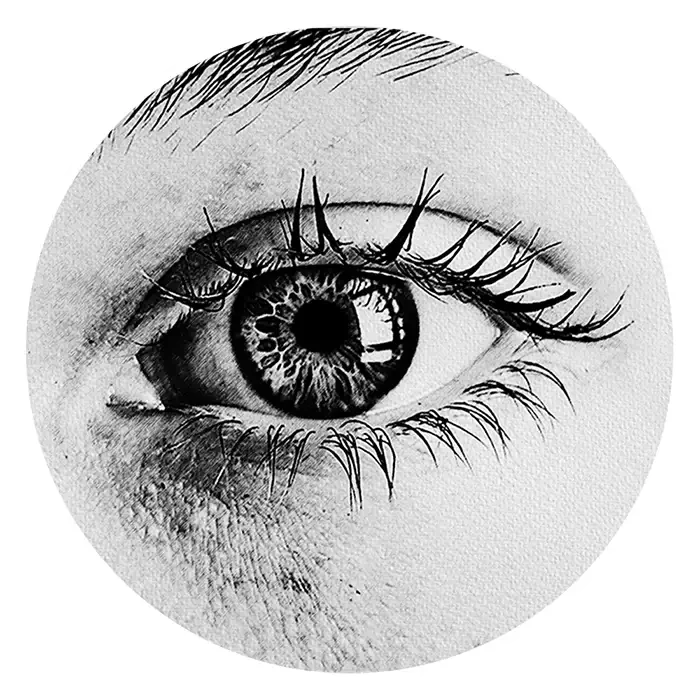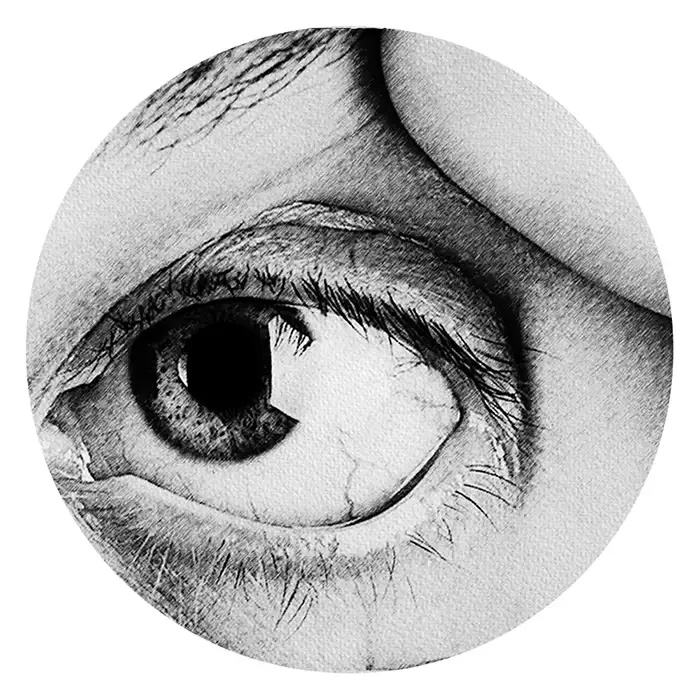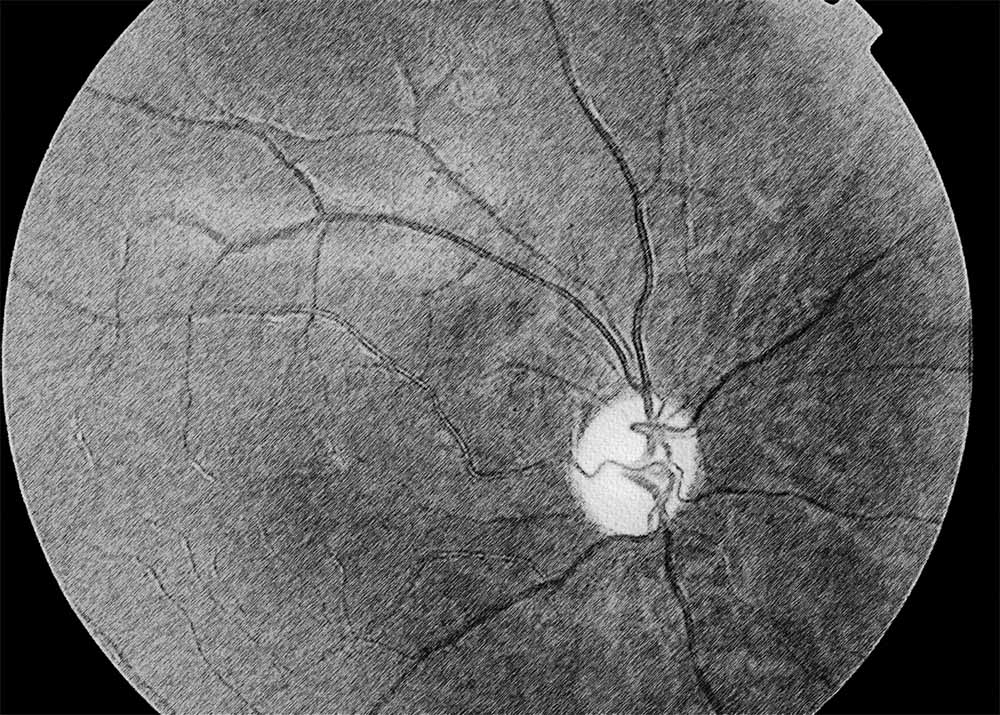
Treatment of Optic Nerve Atrophy with Invisible Infrared Technology
Optic nerve atrophy refers to the degeneration or loss of nerve fibers in the optic nerve, which can result in permanent visual impairment or blindness. This condition can occur due to various factors, including trauma, ischemia, inflammation, or compression of the optic nerve. Optic nerve atrophy can manifest in different forms, including primary optic atrophy, secondary optic atrophy, and hereditary optic atrophy, each with distinct underlying causes and clinical presentations.
Diagnosis and Classification
Diagnosing optic nerve atrophy typically involves a comprehensive eye examination, including visual acuity testing, pupillary examination, and assessment of optic nerve function. Imaging studies such as optical coherence tomography (OCT) or magnetic resonance imaging (MRI) may be used to evaluate the structure and integrity of the optic nerve. Optic nerve atrophy can be classified based on factors such as the extent of nerve damage, underlying etiology, and associated symptoms.
Optic Nerve Atrophy and Neurological Eye Disorders
Optic nerve atrophy is classified as a neurological eye disorder due to its association with degeneration or damage to the optic nerve, which is an integral part of the nervous system responsible for transmitting visual information from the eye to the brain. The condition disrupts the normal function of the optic nerve, leading to progressive visual impairment and loss of visual acuity. Optic nerve atrophy may occur as a primary disorder or as a secondary manifestation of underlying neurological conditions such as multiple sclerosis or optic neuropathies.
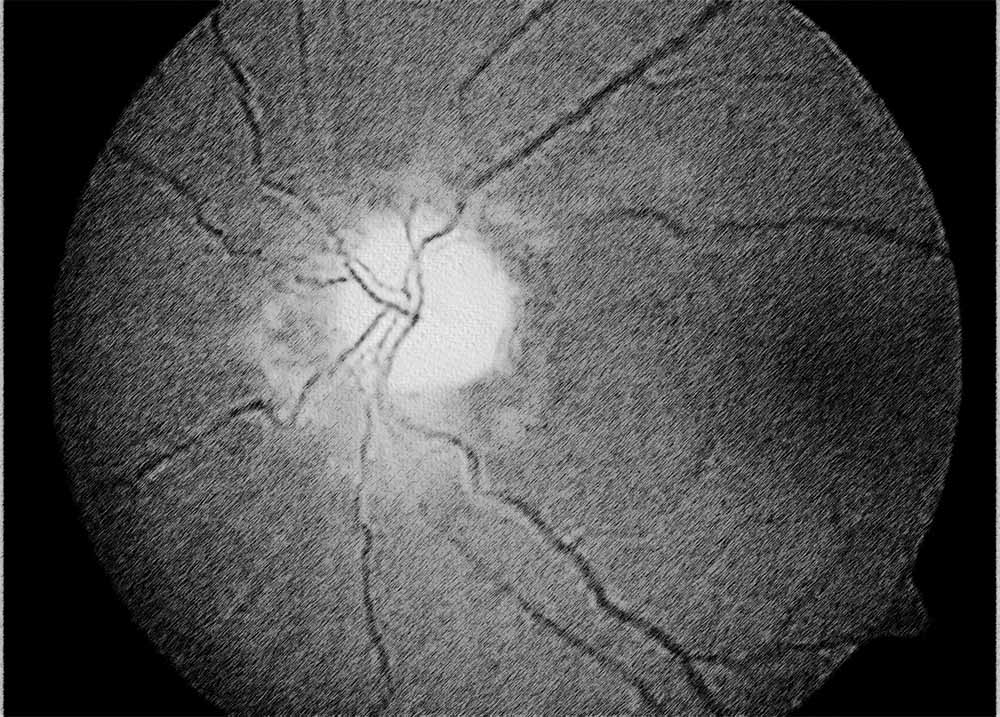
Treatment with the Retyne Infrared Eye Treatment Mask
The Retyne Infrared Eye Treatment Mask offers a promising therapeutic approach for managing the symptoms of optic nerve atrophy. Program #4 on the Retyne controller is specifically designed to target neurological eye disorders like optic nerve atrophy. By delivering focused invisible infrared light therapy to the affected eye(s), the Retyne mask aims to reduce inflammation, promote neural regeneration, and improve visual function.
Efficacy and Benefits
Infrared light therapy has demonstrated efficacy in promoting tissue repair, reducing inflammation, and enhancing neural regeneration in various neurological conditions. By utilizing invisible infrared light therapy, the Retyne mask may help alleviate symptoms of optic nerve atrophy, such as vision loss and visual field defects, and potentially slow down the progression of the disease. Additionally, infrared light therapy is non-invasive and well-tolerated, making it a safe adjunctive treatment option for optic nerve atrophy.
Optic nerve atrophy poses significant challenges in terms of visual impairment and quality of life for affected individuals. However, with innovative treatment modalities like the Retyne Infrared Eye Treatment Mask, there is hope for improving outcomes and preserving vision. By targeting the underlying degeneration and dysfunction of the optic nerve with invisible infrared light therapy, the Retyne mask offers a non-invasive and potentially effective approach to managing the symptoms of optic nerve atrophy and promoting neural regeneration.
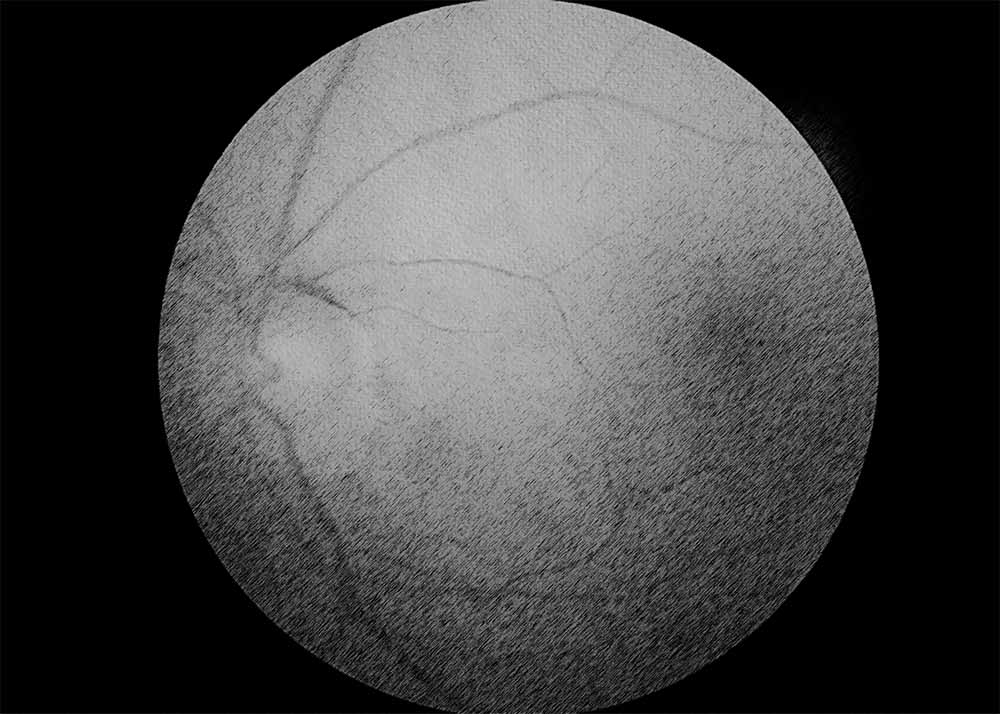
The Retyne eye treatment mask utilizes a specific array of frequencies (0.06, 0.5, 0.87, 12.85, 27.5, 141, 301.23, 453.02, 783.4, 825.03) precisely tailored to target symptoms of Optic Nerve Atrophy. Each frequency is chosen based on documented effectiveness in managing this condition. Retyne's innovative approach converts these frequencies into invisible infrared light output, pioneering a fusion of frequencies with light. This transformative technology is a hallmark of Retyne Labs. Furthermore, the Retyne mask administers focused invisible infrared light directly onto the eyes, intensifying its therapeutic effects for CVI treatment.
Moreover, for those utilizing advanced hardware such as the RDPV4, a secondary set of specific frequencies for 2383: Oculomotor Nerve Diseases General: 0.17, 0.32, 0.95, 5.5, 32.5, 47.5, 162.12, 232.03, 397.5, 679.93 are available. The RDPv4 offers an expanded range of frequencies, finely calibrated to provide even greater precision in addressing this eye disorder. By incorporating this secondary set of frequencies, the RDPV4 elevates the potential therapeutic benefits of the Retyne eye Treatment Mask, catering to individuals seeking advanced solutions for their visual health needs.
Drawing inspiration from the pioneering research of Dr. Rife, who unearthed the therapeutic potential of precise frequencies and harnessed light for their propagation, Retyne's methodology embraces contemporary insights into invisible infrared technology. By leveraging current advancements and building upon historical investigations into frequency-based light transmission, Retyne has developed the innovative Retyne Eye Treatment Mask. This cutting-edge device represents the synthesis of modern breakthroughs in visual healthcare, offering a comprehensive solution rooted in both tradition and progress.
Optic Nerve Atrophy General set : 0.06, 0.5, 0.87, 12.85, 27.5, 141, 301.23, 453.02, 783.4, 825.03
Optic Nerve Atrophy utilizes group 1233 on the International ETDFL frequency list
On RDPV4 use 2383: Oculomotor Nerve Diseases General: 0.17, 0.32, 0.95, 5.5, 32.5, 47.5, 162.12, 232.03, 397.5, 679.93
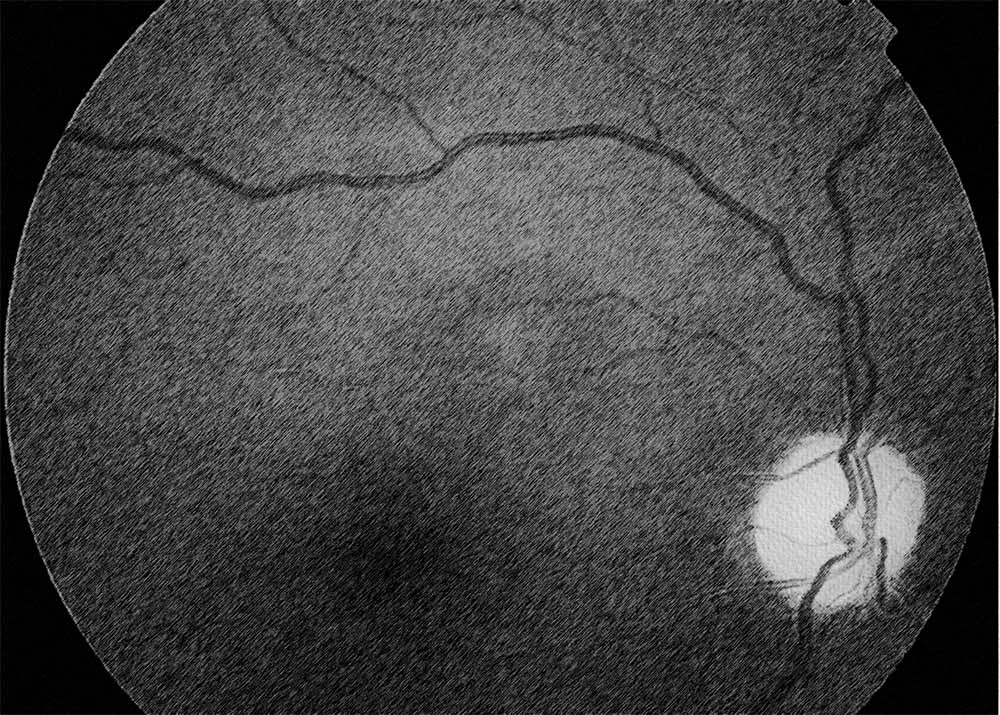
Compatibility
Standalone controller (Program #4) (Controller shipped with Retyne Eye Treatment Mask)
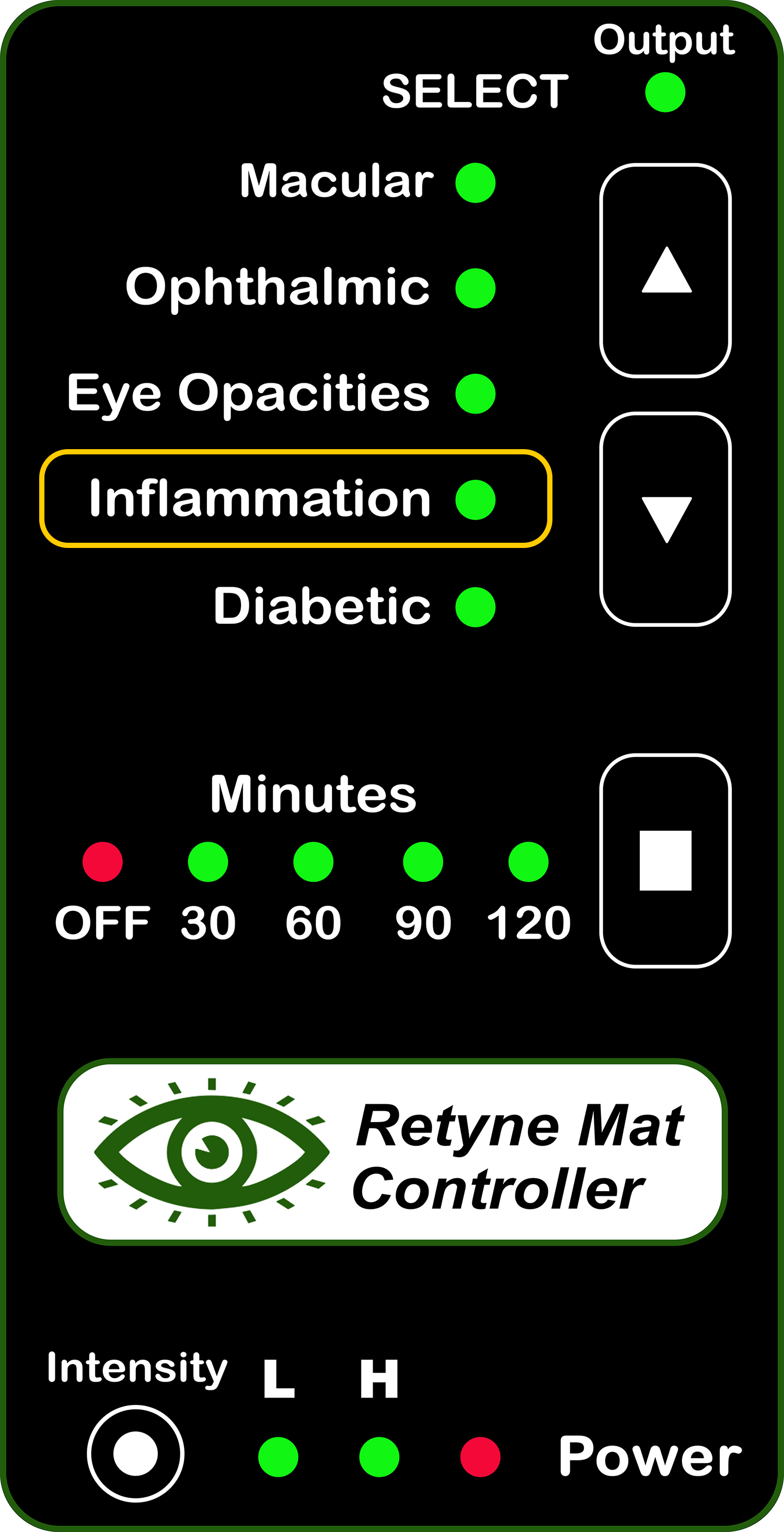
RDPV4 (Direct connect, use group 2383)
RDPV4 Light Mask Program button 4
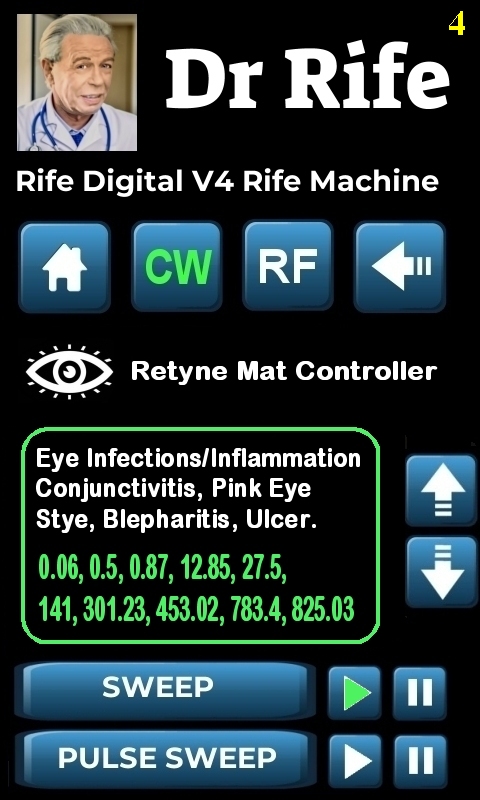
Click here for instructions on using the Retyne Mask + Controller
